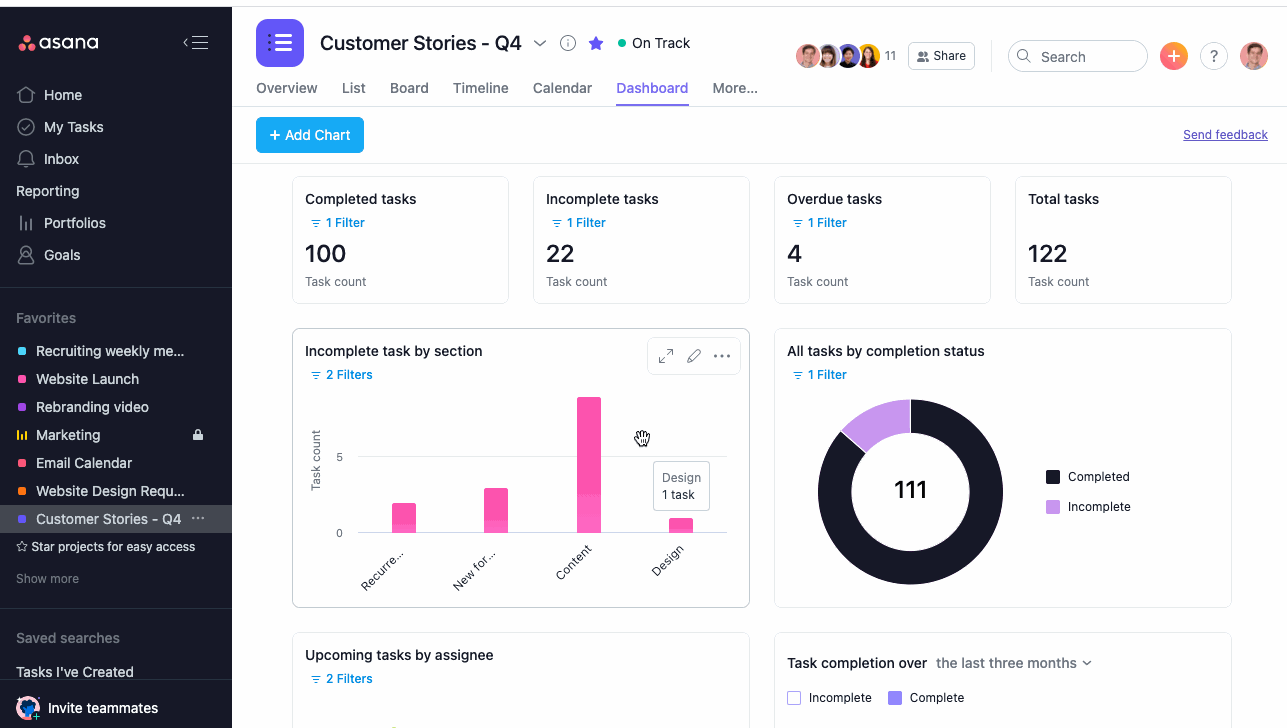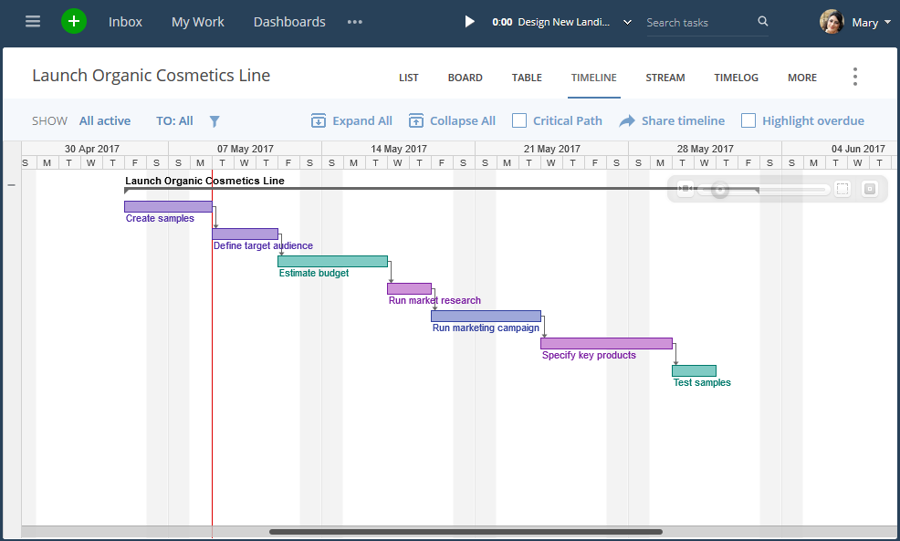If you are a developer who is a Kanban fan or a project manager of a software development team, we will reveal which tools are best for using the framework’s boards and other features that can boost your team’s productivity and collaborative efforts.
Kanban Explained
The Kanban (Japanese for “visual board”) framework is quite popular in implementing DevOps other Agile software development. It emphasizes collaboration and transparency via Kanban boards that show work in different stages, such as Requested, In Progress, and Done. In doing so, Kanban helps development team members and project managers easily see where tasks and projects currently are and where they need to be.
Kanban is nothing new, as Japanese engineer Taiichi Ohno launched the framework in the 1940s to increase the efficiency of Toyota’s automobile manufacturing. It was not until the 21st century, however, that the software industry widely adopted Kanban to accelerate the delivery of services and products.
You can learn more about Kanban by reading our tutorial: Overview of Kanban for Project Managers and Developers.
The Top Kanban Tools For Developers
If you are looking for a Kanban tool to help your development team collaborate and take its productivity to the next level, one of the following project management solutions should suffice.
air table
air table is not the most feature-rich project management solution you will find, but it does have an interface that is actually “fun” to use, and it offers solid task tracking and a ton of templates and tutorials. Airtable also offers plenty of views (Kanban, timeline, Gantt, grid, gallery, form, calendar) and a free plan for those on a tight budget.
Learn more about Airtable by reading our Airtable Project Management Review.
asana

Agile teams will like that asana supports Kanban, Scrum, sprint planning, bug tracking work requests, roadmaps, feedback, and product launches. Use its Kanban boards to track task movements and customize them as you wish. Asana also offers over 100 third-party integrations, automation, multiple views, file sharing, discussions, and a generous free plan.
Want to read more about Asana? Check out our Asana Project Management Software Review.
Jira

Some of the biggest names use Jira to manage their projects, including eBay and Airbnb. The PM software offers several tools for Agile and Scrum project management, including Kanban and Scrum boards that help you visualize real-time progress and workflows. Jira is easy to customize in terms of its Scrum boards and workflows, and it features top-notch security, robust reporting (especially for Agile teams), and over 3,000 integrations with third-party apps.
We have a great review of the Jira project management tool to help you decide if it is the right project management solution for your team.
Monday.com

Monday.com Users get access to a standard Kanban board and have the option to customize its rows and columns. Beyond that, Monday.com offers a host of project management features like multiple views (Kanban, Gantt, calendar, timeline), plenty of templates, integrated time tracking, integrations with over 40 popular apps, including Slack and Gmail, custom automations, automatic notifications, comments, and file attachments.
Check out our comprehensive Review of Monday.com for more information.
wrike

wrike is one of the most user-friendly project management solutions you will find. Its Kanban boards are great for visualizing tasks and progress, and they can be customized by adding WIP limits, columns, etc. Wrike’s Kanban boards also interact with the software’s other features. For example, if you change a task’s deadline, that adjustment will sync with Wrike’s calendar, so everyone stays on the same page. Other Wrike features worth mentioning include loads of collaboration features, workflow automation, custom forms, real-time analytics, and a handy dashboard that lets you see your entire workflow at a glance.
Read our Wrike Project Management Software Review to learn more.
Trello

Trello uses the Kanban board format to organize projects instead of standard timelines. You can customize your Kanban board in Trello by adding due dates, checklists, and task descriptions. It should be noted, however, that Trello is a Kanban tool designed for simpler projects. If you need more project management features, choose one of the other solutions on this list.
our Trello review delves deeper into the PM tool and its features.
Zoho Projects
![]()
You get various ways to visualize progress in Zoho Projects, as it offers a Kanban board view, Gantt charts, and task lists. The affordable PM software also has a customizable dashboard, superb collaboration via audio/video chat, an activity feed, and forums, time tracking, bug tracking, resource management, and integrations with GitHub, Dropbox, Slack, Microsoft Teams, and more.
we have a Review of Zoho Projects if you are interested in learning more about its benefits for software developers and project managers of software development teams.
What are the Benefits of Kanban?
Why is the Kanban framework so popular? Because it can offer software teams the following benefits:
- Better visibility via Kanban boards
- Improved efficiency by letting project managers pinpoint bottlenecks and other problems that need to be solved
- Increased productivity through improved efficiency and the use of metrics like cycle time and throughput
- Minimized waste by eliminating idle tasks
- More focus and less overwhelm through Work In Progress (WIP) limits that reduce multitasking
- Enhanced collaboration and feedback through strategic reviews and daily standup meetings
- More predictability since WIP limits make it easier for project managers to predict when work will be completed
- Optimal company culture and happier team members thanks to less micromanagement and overload, improved feedback and collaboration, and more transparency
Kanban Core Practices
How does the Kanban framework promote faster delivery of services and products for software development teams? By the following these core practices:
- Visualizing workflow: Kanban boards that consist of columns and cards allow teams to track progress and spot potential bottlenecks that can hamper productivity or keep them from reaching deadlines.
- Limiting Work In Progress: Kanban limits WIP by setting a maximum number of items per stage, so teams have manageable workloads and avoid overload.
- Managing work instead of people: Kanban focuses on completing work at a swift, sustainable pace versus micromanagement.
- Clear policies: All process policies should be defined, explained, and shared so team members are aware of the common goal and projects can run smoothly.
- Feedback loops: Kanban stresses transparency that allows teams to respond to changes on the fly. Daily Kanban meetings allow for such transparency by sharing what was accomplished and what is next on the agenda.
- Collaborative changes: Teams must collaborate and use feedback and metrics to positively change and improve.
What To Look For In A Kanban Tool For Developers
There are plenty of Kanban tools that can help you manage projects. How can you choose one that is right for your development team? By checking to see if it has the following characteristics that a top Kanban tool should have:
- Intuitive interface: A Kanban tool that is chock full of features is no good if you cannot easily unlock all of its functionality and need to spend hours figuring out how everything works.
- Views:: The more views (Gantt charts, calendars, etc.), the better.
- WIP limits: One of Kanban’s core practices is limiting work in progress to avoid overwhelm. As such, you want your Kanban tool to enable WIP limits.
- Drag-and-drop functionality: Without this, using your Kanban tool could become dull and time-consuming.
- Dashboards: This feature provides instant insight and analytics into your team’s progress so you can adjust your project plan accordingly.
- Automated tasks: Automation of recurring tasks can be a big time saver that frees up your team for more important actions.
- Integration: You want your Kanban tool to offer integration with third-party apps you often use so you can get everything you need in one place.
- Added features: Your team may need invoicing, time tracking, and other features for managing projects.
- Solid value: While many Kanban tools have free options, you will most likely want to select a paid plan to get the most features that fits your budget.
Other project management software and tools
Looking to learn about other project management software and tools for developers and software development teams? Check out these round-ups of great PM solutions and tools:
